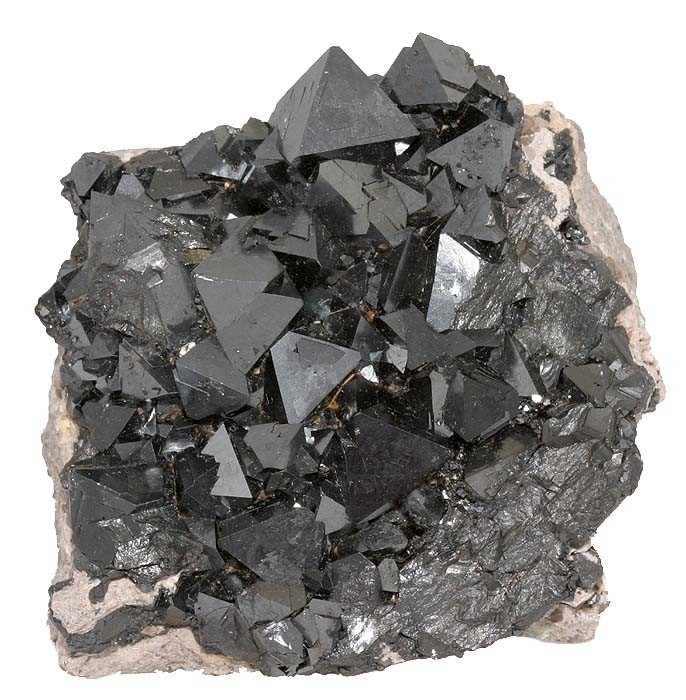3.6 Putting It All Together: Mineral Identification
Identifying Minerals
Let’s now summarize what we’ve learned about some of the main identifying properties of minerals!
Now that you are familiar with how geologists identify minerals, let’s put your knowledge into practice! If you were given an unknown mineral sample? How would you go about effectively identifying it?
The table below lists some properties of common rock-forming minerals. Use this table to refer to in the exercises below – it will help you identify specific minerals! [1]
| Mineral | Color | Streak | Luster | Hardness | Salty, Effervescent or Magnetic? |
Biotite
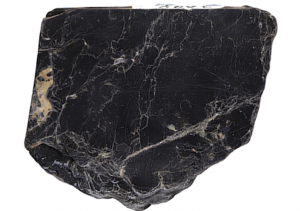 |
Black, dark gray, black-brown | White | Vitreous | About as soft as a fingernail | No |
Calcite
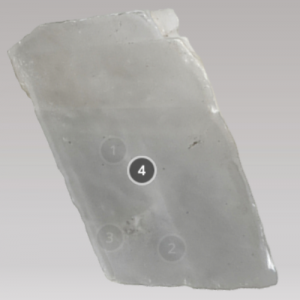 |
Variable, but commonly colorless or white | White | Vitreous | Harder than a fingernail, softer than a glass plate | Effervescent |
Corundum
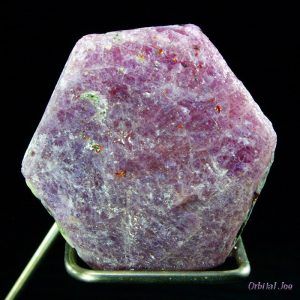 |
Reddish pink to blue for gemstones, also brown to gray | None | Vitreous | Harder than a fingernail and glass plate | No |
| Fluorite
Figure 3.6.4 “Fluorite (Denton Mine, near Cave-in-Rock, Illinois, USA) 2” by James St. John is licensed under CC BY 2.0 |
Variable | White | Vitreous | Harder than a fingernail, softer than a glass plate | No |
Gypsum
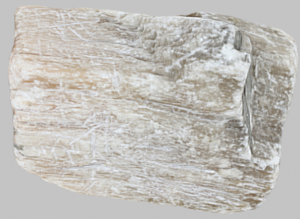 |
Colorless, white, tan, or yellowish | White | Silky to Vitreous to Waxy | Softer than a fingernail | No |
Halite
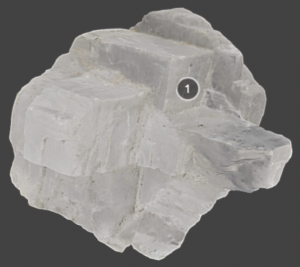 |
Colorless or white | White | Vitreous | About the same softness as a fingernail | Salty |
| Magnetite
Figure 3.6.7 “File:Magnetite-118736.jpg” by Rob Lavinsky, iRocks.com licensed under CC BY-SA 3.0 |
Black, Dark Gray | Black | Metallic | Harder than a fingernail to about the same as a glass plate | Magnetic |
Muscovite
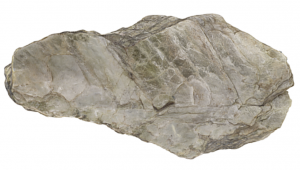 |
Clear, white, gray, tan | White | Vitreous | About as soft as a fingernail | No |
Olivine
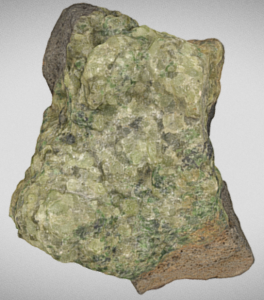 |
Green to yellow-green | None | Vitreous | Harder than a fingernail and glass plate | No |
| Plagioclase
Figure 3.6.10 “Moonstone (iridescent peristerite-oligoclase feldspar) (Chupa Pegmatite Field, Mesoproterozoic, 1.75 to 2.10 Ga; at or near Chupa Bay, Karelia, Russia) 2” by James St. John is licensed under CC BY 2.0 |
Often white, sometimes blue | White | Vitreous | Harder than a fingernail or glass plate | No |
Pyrite
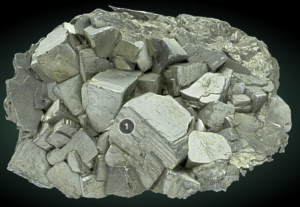 |
Brassy yellow | Dark gray | Metallic | Harder than a glass plate and fingernail | No |
Quartz
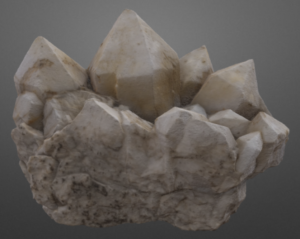 |
Variable | White | Vitreous | Harder than a fingernail and glass plate | No |
Sulfur
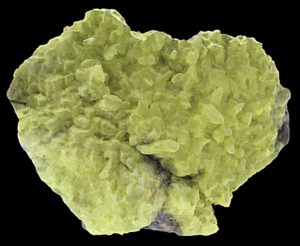 |
Bright Yellow | Colorless | Earthy to vitreous | Softer than a fingernail | No |
NOTE: The exercise below is for practice only. It will not affect your grade book score!
In the following exercise, you will identify one of the minerals in the above table using the links for the Unknown Samples below. You will ask the following questions about each unknown mineral…
- What color is it? Does the mineral have a distinctive color that might match a specific mineral in the table above?
- What luster does it have? Does the mineral have an identifying luster such as metallic?
- Does the mineral have a rare property such as being Salty, Effervescent, or Magnetic? Click on the Salt Shaker Icon and the Magnet Icon at the left-hand side of the identification window that opens up, and if it turns green, then your work should be done! There is only one mineral in the chart above that is salty, effervescent, and one that is magnetic.
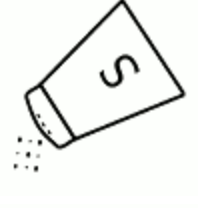
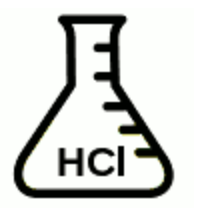
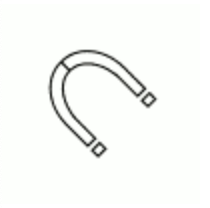
4. Does the mineral have an identifying streak? You can determine the color of a mineral’s streak, if it has any, in the identification window that opens up by Dragging your cursor across the white streak plate. If a color shows up, determine which mineral(s) exhibit that same color of the streak and other distinctive properties you have observed.

5. What is the mineral’s hardness? Try clicking on the Fingernail icon and the Glass Plate icon. If the mineral is harder than a fingernail, the red X with appear. If it is softer than a fingernail and is scratched, a Green O will appear.
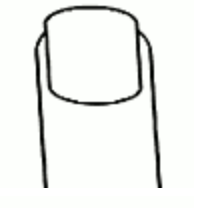
If the mineral is softer than glass, a red X will appear. If the mineral can scratch glass, a Green O will appear, meaning that it is harder than the glass.
 Finally, take all these properties together and compare them to the chart above. There is only one answer for each question, so think carefully about how each property fits the mineral in question.
Finally, take all these properties together and compare them to the chart above. There is only one answer for each question, so think carefully about how each property fits the mineral in question.
Sample 1: https://wwwi.scottsdalecc.edu/otter2/explorer.html?tag=03c2ff65
Sample 2: https://wwwi.scottsdalecc.edu/otter2/explorer.html?tag=8fe9eb01
Sample 3: https://wwwi.scottsdalecc.edu/otter2/explorer.html?tag=ba6a6944
Sample 4: https://wwwi.scottsdalecc.edu/otter2/explorer.html?tag=399165f7
Sample 5: https://wwwi.scottsdalecc.edu/otter2/explorer.html?tag=041339a1
Sample 6: https://wwwi.scottsdalecc.edu/otter2/explorer.html?tag=99fa7433
Sample 7: https://wwwi.scottsdalecc.edu/otter2/explorer.html?tag=a55e7b71
Sample 8: https://wwwi.scottsdalecc.edu/otter2/explorer.html?tag=61a074ec


